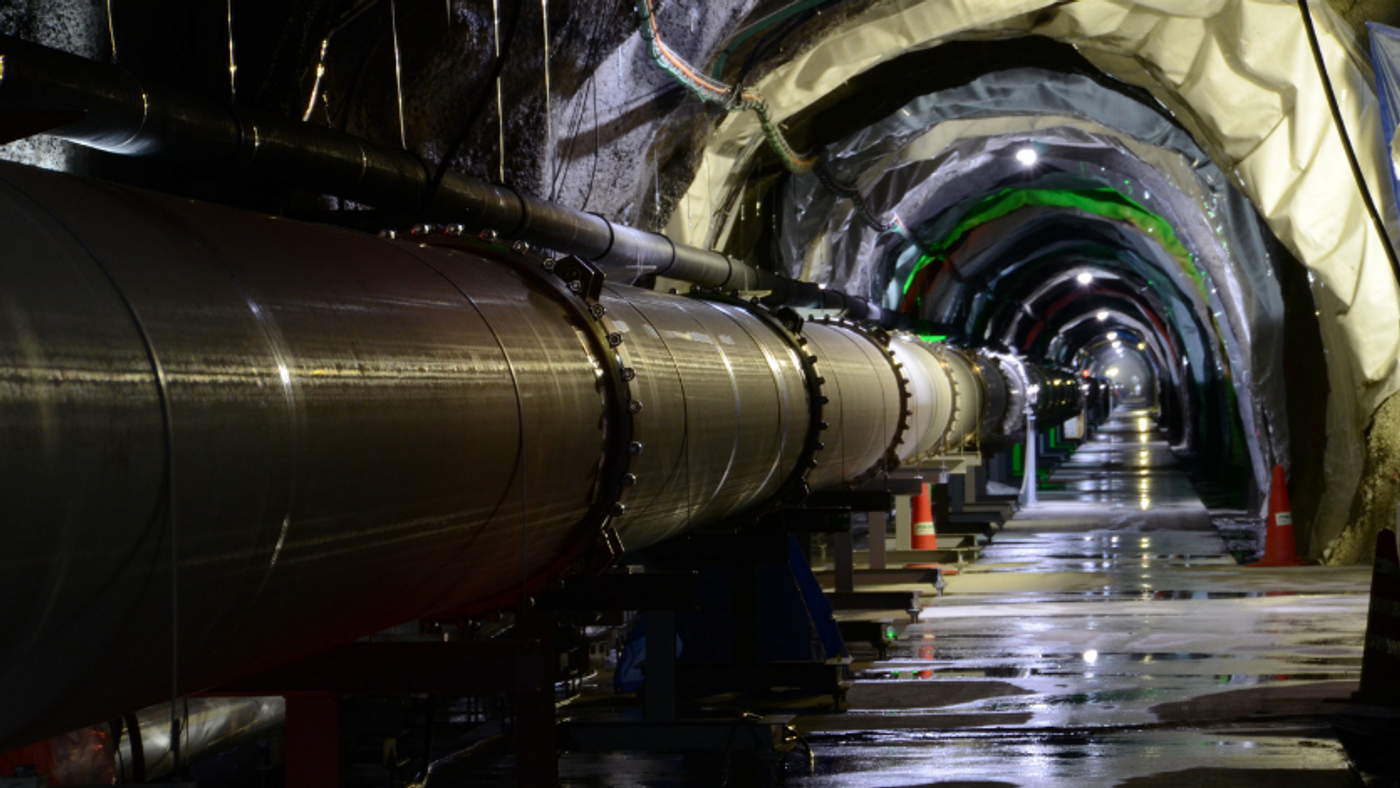KAGRA, LIGO's Gravitational Wave-hunting Cousin in Japan
Opening in late 2019, the Kamioka Gravitational Wave Detector (KAGRA) is a gravitational wave (GW) detecting facility at Gifu Prefecture in central Japan. Funded and run by the Institute for Cosmic Ray Research (ICRR), KAGRA is the world's fourth major GW detector and the first one that is built underground.
The phrase gravitational wave and the acronym LIGO made headlines in 2016, as in the first time in history scientists have obtained evidence for the existence of GWs. This verified a long-held belief of Albert Einstein, that gravitational force conforms to the theory of general relativity and it takes wave-form.
As GWs propagate, they stretch and shrink the distance between any two points in the space-time fabric on their way. The advanced LIGO collaborations made historical detection of GW using a technique called laser interferometry. It allows scientists to detect a spatial fluctuation that is less than a ten-thousandth diameter of a proton in LIGO's 4-km (2.5 miles) "arms" (vacuum pipes that allow the laser to travel). That is equivalent to measuring the distance from Earth to our nearest neighbor star Proxima Centauri with an accuracy smaller than the width of a human hair.
Built over 200 meters (656 feet) deep underneath Mount Ikenoyama, KAGRA has two 3-km (1.9 miles) long "arms". But KAGRA isn't just a replica of its predecessors. Its two arms/tunnels stretch deep underground, a feature that can reduce seismic noises background by at least two orders of magnitude. What's more, its cryogenically cooled mirrors, which work in an ultra-cold 20 Kelvin (-253°C or -423.4°F) environment, can reduce measurement noise even further.
With the inauguration of KAGRA, Japanese researchers hope that their new facility can strengthen the status of Gravitational Wave Astronomy, a brand new discipline. Working with a global network of telescopes, they look forward to contributing to new discoveries in GW science.
Kamioka Gravitational Wave Detector (NAOJ)
Source: Nature










